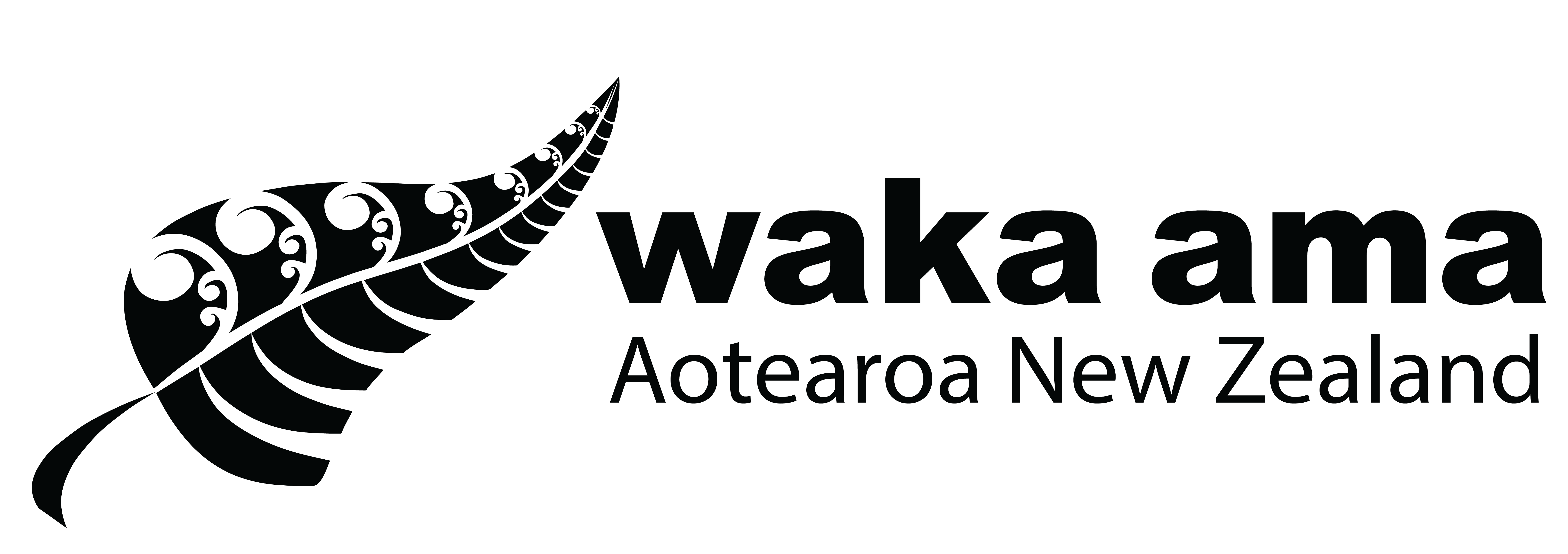Stories
NKOA - Numbering of W6 Waka
There have been some questions asked about the reasons for, and process involved in, the proposed registration and numbering of W6 waka.
Here are some details from the NKOA Council about the background. We also invite comment about the proposal.
Questions and Answers
Why Register Waka?
- The information allows for a national register of waka to be compiled.
- This will provide a statistic which represents the current position of our sport in terms of resources.
- Monitoring of this statistic will be a measure of the growth of the sport.
- Such statistics are important when seeking government or other support and recognition.
- The information scopes the geographic spread of resources -information important to monitor relative growth centres, but also important when scoping the resources available for events (such as Nationals or other NKOA recognised events).
- The register will allow work to be carried out on the appropriate rules to apply to future waka manufacture - including required design standards and weights.
Why a Number affixed to the outside of the Waka?
- NKOA's current proposal is for each waka to be allocated a stick-on number of A4 size to be placed on each side of the waka. This number, together with the information register, will be used for identification and safety purposes.
- Obviously, if the number is to be seen, it needs to be placed on the outside of the waka, and needs to be large enough, and of such colouring, so as to allow it to be seen from a distance. For instance it needs to allow race organisers to identify waka, eg across a finish line.
- The design and placing of the number must be as permanent as possible.
- NKOA has proposed a vinyl-based, stick-on number, a hardier version
than is already used in many individual races. Cost, about $15 per waka.

- While it might be best to have the number on the front of the waka, this
might compromise the names on many waka, and clubs may prefer to have it
behind the No. 6 paddler. It is important that the placing of number is consistent.
- A number on a mount permanently fixed or attached by industrial-type velcro onto the top of the hull has been suggested as an alternative by AROCA. Cost, about $45 per waka.

- The proposed colouring, white number on black background, is considered the best visible combination and is the only colouring that can be potentially used in electronic results-recording. Having different colours will greatly increase production costs.
- Whatever the type or colouring of number, numbers will need to be paid for by the club
Why Isn't this Optional?
- This numbering system is important to race organisers. We want to give them the confidence that they don't need to worry about arranging waka identification - we have been advised that this costs Tauranga alone $500 per year. Unless every waka has a number, organisers would still have to deal with the problem of identification.
- This system is important for safety. We want to give the MSA confidence that we are doing our very best to have high safety standards. One way of doing that is to assure the MSA (as well as Coastguards, harbourmasters, regional councils, Police, etc) that we have a way of identifying every W6 in the country.
- It may even be necessary to identify waka which are being used in an unsafe manner - eg no PFDs. For this reason, all waka, including training waka, would be numbered. NKOA is also offering numbers to waka owned by non-affiliated waka owners, eg schools, for these safety reasons.
Survey
As this proposal will affect all clubs, we want to make sure we have comments
about the best way to incorporate the numbers on the waka. So all clubs will
shortly be receiving a questionnaire, to be filled in and returned by 30
August 2003. Anyone can also make comments individually by emailing Peter
Reaburn at peterr@catobolam.co.nz

